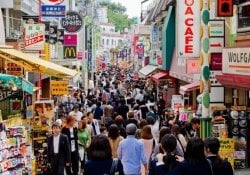Are you familiar with traditional Japanese lighting and lanterns? Do you know Chochin, Bonbori, Andon and Tori? Japan is known for being a highly technological country. Its infinity of illuminated panels and the grandeur of its events impresses the whole world.
There was a Christmas where Japan exhibited the Starlight Garden, where 190,000 blue LED lights lit up over the midtown grande, creating an atmosphere of magic and charm. It's not always like that, Japan is known for its cultural grandeur, for mixing the new with the old, they are ancient customs that govern the new and old generations.
Another magnificent experience of modern lighting you can find at Mori Digital Museum, we recommend visiting this wonderful place if you are in Odaiba, Tokyo.
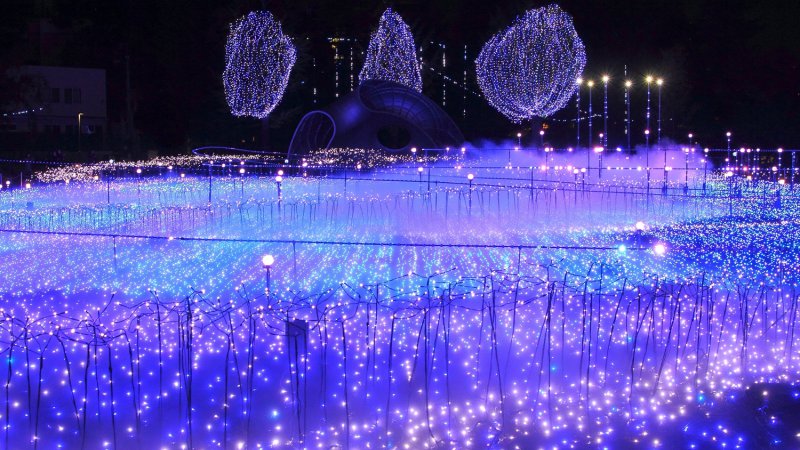
The way to illuminate the country was presented in a simpler way, involving other techniques that were considered modern and innovative for their time. There are other characteristic equipment that still adorn cities for centuries.
There is a tradition in Japan where every end of the year thousands of illuminations in various tourist spots take place. Thousands visit this place and the Japanese often call these decorative lights and events illumination [イルミネーション].
chōchin - WALL-MOUNTED silk LIGHTING LIGHTS
Chōchin [提灯] are Japanese lanterns or lamps that date back to 1085. They are traditionally made with a bamboo frame covered in silk or paper and suspended from a hook.
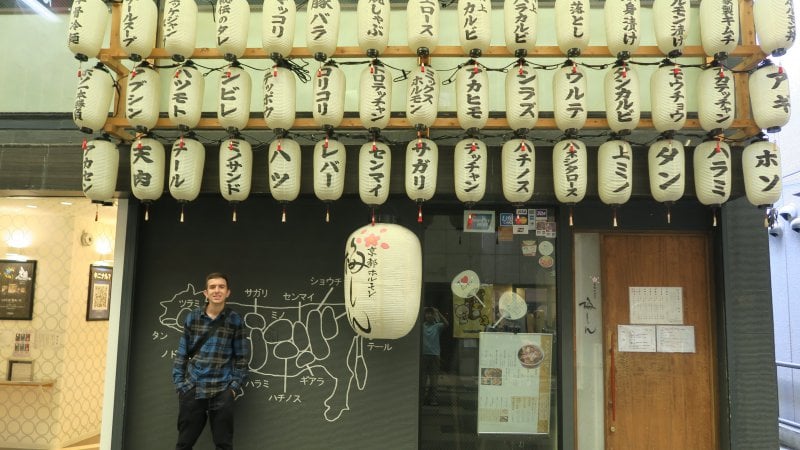
Chouchin are used to decorate shrines, temples and businesses. They are particularly associated with traditional consumption spots such as Izakaya which usually have a red chōchin on the front with the company name written in it. shodo calligraphy.
Chouchin moji [提灯文字] are lamps stamped with ideograms, often seen in temples, shrines and festivals. The word moji literally refers to Chinese letters and characters.
In Japanese folklore, there is the chōchin-obake, lanterns that the Japanese believe are trapped ghosts. In fact, they are just old lanterns, which end up splitting along one of their structures, giving the impression of a mouth.
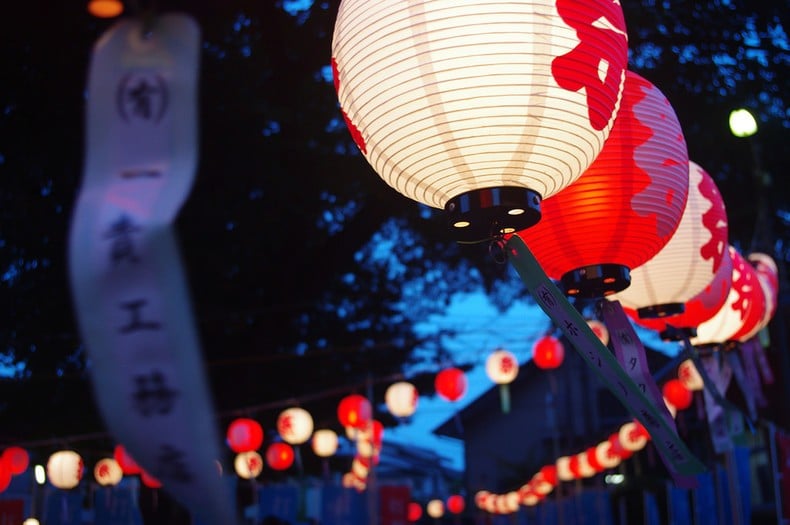
Currently the chōchin are made of plastic structures imitating the old ones and electric lamps are placed inside their structure.
Bonbori - Paper lamps
The bonbori [雪洞] is a kind of paper lamp used outdoors. It normally has a hexagonal profile and is used during festivals. It is often hung from a thread or stands on a pole.
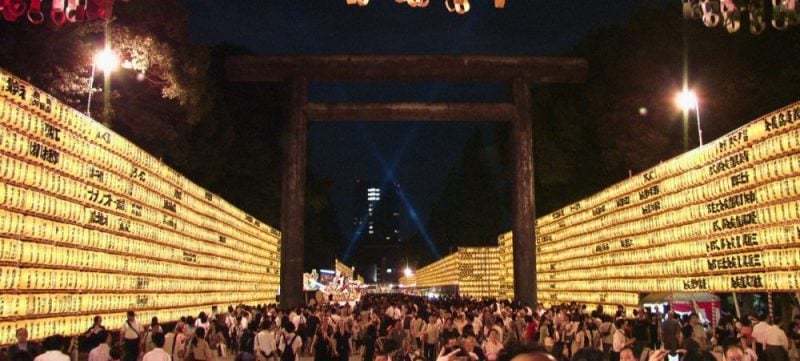
They are used in festivities such as Tsurugaoka Hachimangu Shrine, in the city of Kamakura, the lanterns are painted and sent by famous artists and people. Approximately 400 paintings are displayed, with many signatures and calligraphy decorating the festivities.
Paper lamps originate from China over 2,000 years ago, it is believed to have been used in festivals by the first Chinese emperor. Ying Zheng. Both bonbori and chouchin lamps are paper and are often confused.
The term bonbori is mostly used to refer to luminaires supported by a vertical base on the floor. Bonbori doesn't have to be exactly round, it can be square or variegated. It also does not mean that a hanging lamp cannot be called a bonbori.
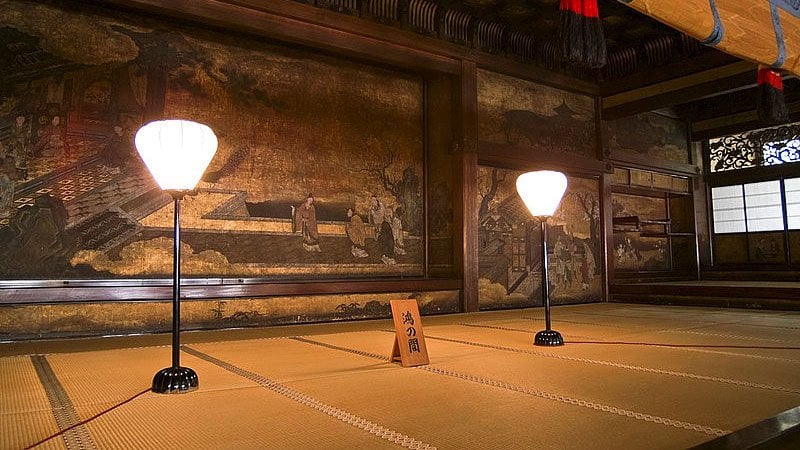
LANTERNS and lighting Andon and akiandon
The Andon [行灯] consists of a bamboo, wood or metal frame, wrapped in a stretched paper to protect the fire from the wind. It often has a checkerboard appearance and some have designs or shodo. The andon became popular in the Edo period.
Andon basically functioned as a portable lighting, a handle or top drawer made it easier to move, later it became more used in a fixed way. Its flame came from rapeseed oil, a typical Japanese plant, or candlelight, but its high cost ended up being replaced by sardine oil.
Of lantern, derived the akiandon [秋行灯], mostly had the shape of a vertical box, was used indoors, and inside there was a support for light, some had drawers at their base to facilitate refilling.
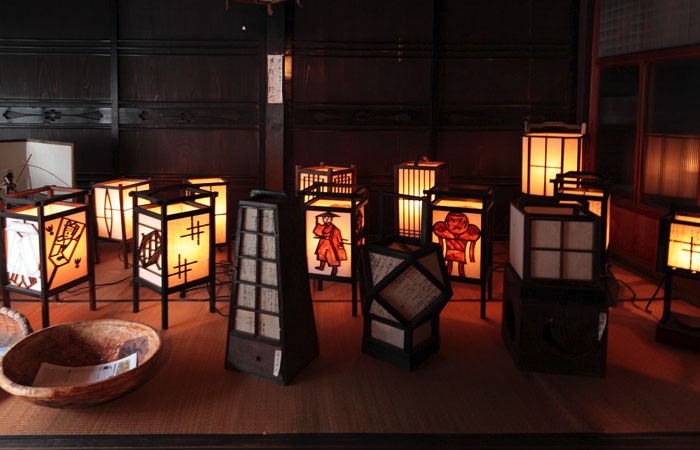
One more derivation was the enshū andon [遠州行灯], which had a tubular shape, and an opening at the bottom, the ariake andon [有明行灯] which is shown in the story as a bedside light or lantern for walking at night.
The article is still halfway through, but we recommend also reading:
Tourou - THE STONE LANTERN
Tourou [灯籠] can be used broadly to refer to any type of lamp, but is often used specifically for lamps made of stone, bronze, iron, wood or other heavy material.
These usually illuminate Buddhist temples, Shinto shrines, Japanese gardens and other places that include tradition in their decoration. Aligned, the torus are shown as an offering to Buddha.

There are two forms of this illumination, the tsuri-dourou [釣り灯籠] that are hung from the roofs and the dai-dourou [大灯籠] that are used in garden and open areas.
Before, these illuminations were exclusive to Buddhist temples. After the Heian period, they began to be used in other places, including private homes. During the Azuchi-Momoyama period, lanterns were popularized by tea masters in their gardens.
Today this form of lighting is merely decorative, and can be used in gardens, forests, near lakes and rivers or on paths that receive a very special touch.
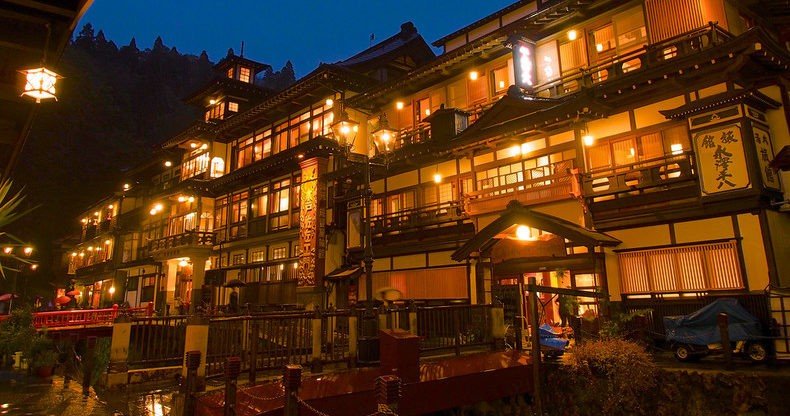
There is a ceremony called dourounagashi [灯籠流し] which consists of paper lanterns floating in a river.
What do you think of Traditional Japanese Illumination?
Japanese technology is a feature of today, but when walking through the streets, observing the traces of its culture, we see that traditional lighting is present in all environments, showing that the past and the present merge in a unique way.
Such a particular beauty, brings us to Japan an air of mystery and grandeur. I hope you enjoyed the article, if you liked it share and leave your comments.



